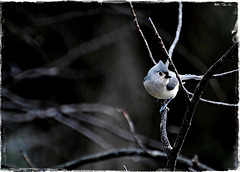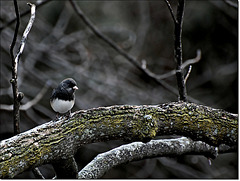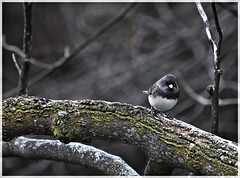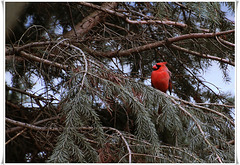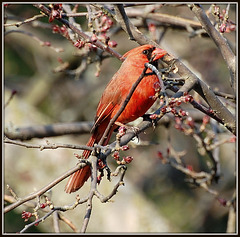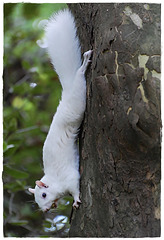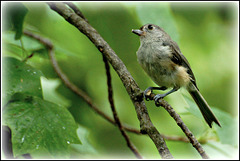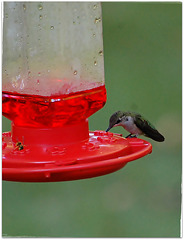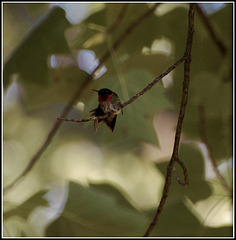
Birds Etc
Winter resident
Flummoxed
| |
|
Lost
| |
|
Snow White
Happy to be alone...
| |
|
|
|
Prowler
Breakfast
| |
|
Red winged Black bird
| |
|
Are you talking to me....!
| |
|
Killdeer
On a Spring branch
| |
|
Snow White
| |
|
|
Snow White
| |
|
Go climb a tree, this is not the place for you...!
www.thewildclassroom.com/biomes/speciesprofile/deciduousf...
| |
|
Dreamy
| |
|
Hummer
| |
|
|
|
Many hummingbirds spend the winter in Central America or Mexico, and migrate north to their breeding grounds in the southern United States as early as February, and to areas further north later in the spring.
Hummingbirds fly by day when nectar sources such as flowers are more abundant. Flying low allows the birds to see, and stop at, food supplies along the way. They are also experts at using tail winds to help reach their destination faster and by consuming less energy and body fat. Research indicates a hummingbird can travel as much as 23 miles in one day.
During migration, a hummingbird's heart beats up to 1,260 times a minute, and its wings flap 15 to 80 times a second. To support this high energy level, a hummingbird will typically gain 25-40% of their body weight before they start migration in order to make the long trek over land, and water.
The first arrivals in spring are usually males. Some, however, do not migrate, in areas like California and the upper Pacific coast, the southern parts of the Gulf of Mexico states, and some along the southern Atlantic Ocean area
Hummer
| |
|
|
|
Many hummingbirds spend the winter in Central America or Mexico, and migrate north to their breeding grounds in the southern United States as early as February, and to areas further north later in the spring.
Hummingbirds fly by day when nectar sources such as flowers are more abundant. Flying low allows the birds to see, and stop at, food supplies along the way. They are also experts at using tail winds to help reach their destination faster and by consuming less energy and body fat. Research indicates a hummingbird can travel as much as 23 miles in one day.
During migration, a hummingbird's heart beats up to 1,260 times a minute, and its wings flap 15 to 80 times a second. To support this high energy level, a hummingbird will typically gain 25-40% of their body weight before they start migration in order to make the long trek over land, and water.
The first arrivals in spring are usually males. Some, however, do not migrate, in areas like California and the upper Pacific coast, the southern parts of the Gulf of Mexico states, and some along the southern Atlantic Ocean area
Jump to top
RSS feed- Latest items - Subscribe to the latest items added to this album
- ipernity © 2007-2024
- Help & Contact
|
Club news
|
About ipernity
|
History |
ipernity Club & Prices |
Guide of good conduct
Donate | Group guidelines | Privacy policy | Terms of use | Statutes | In memoria -
Facebook
Twitter

